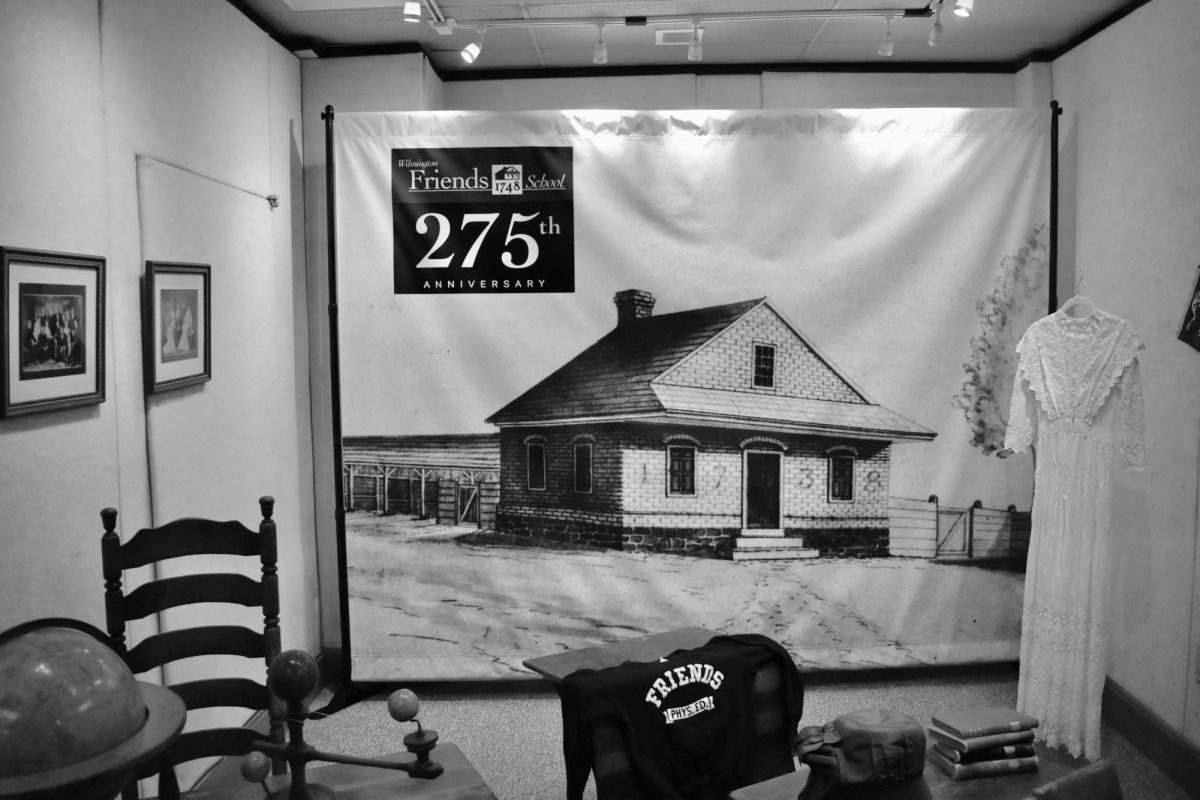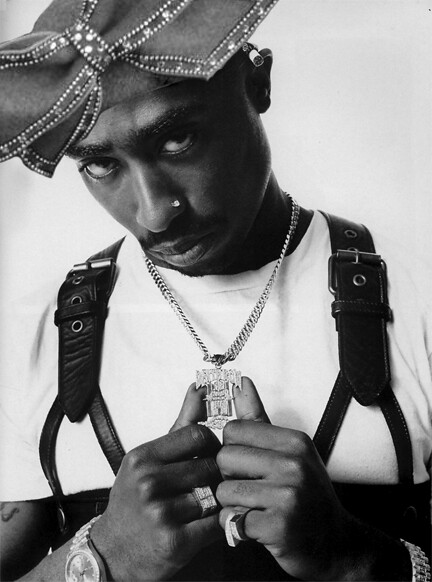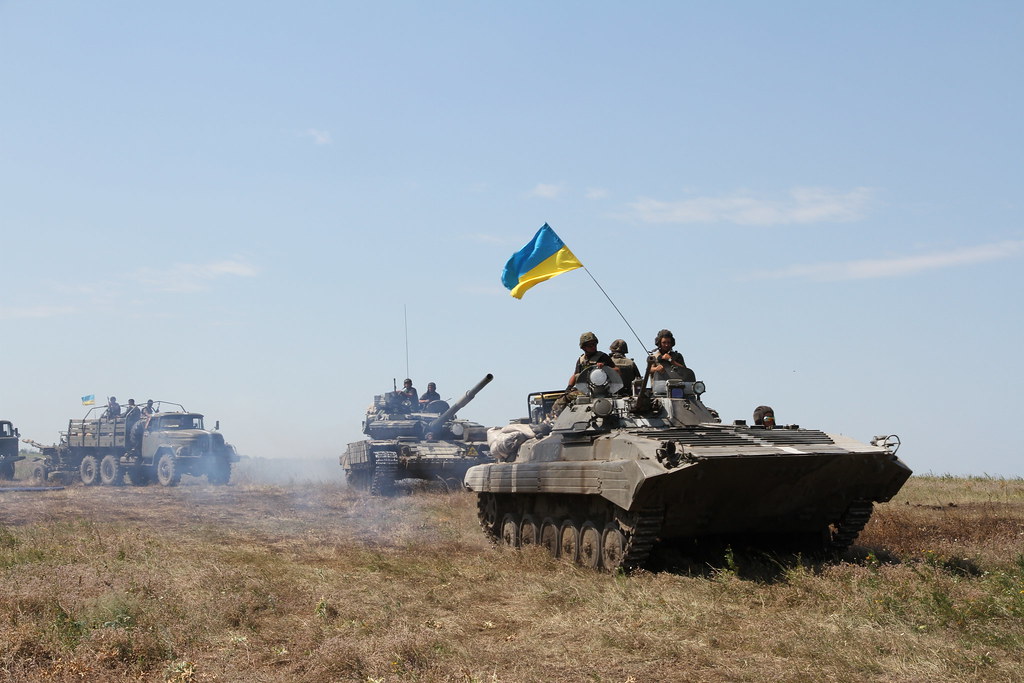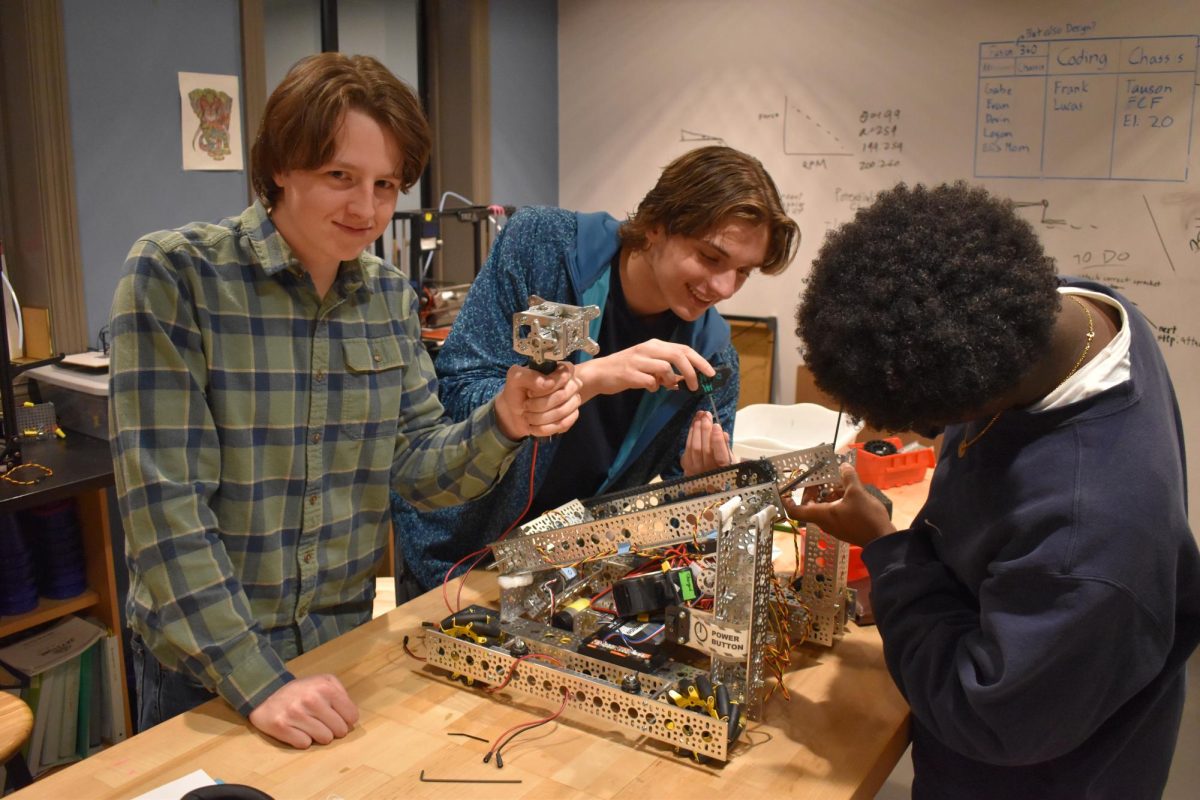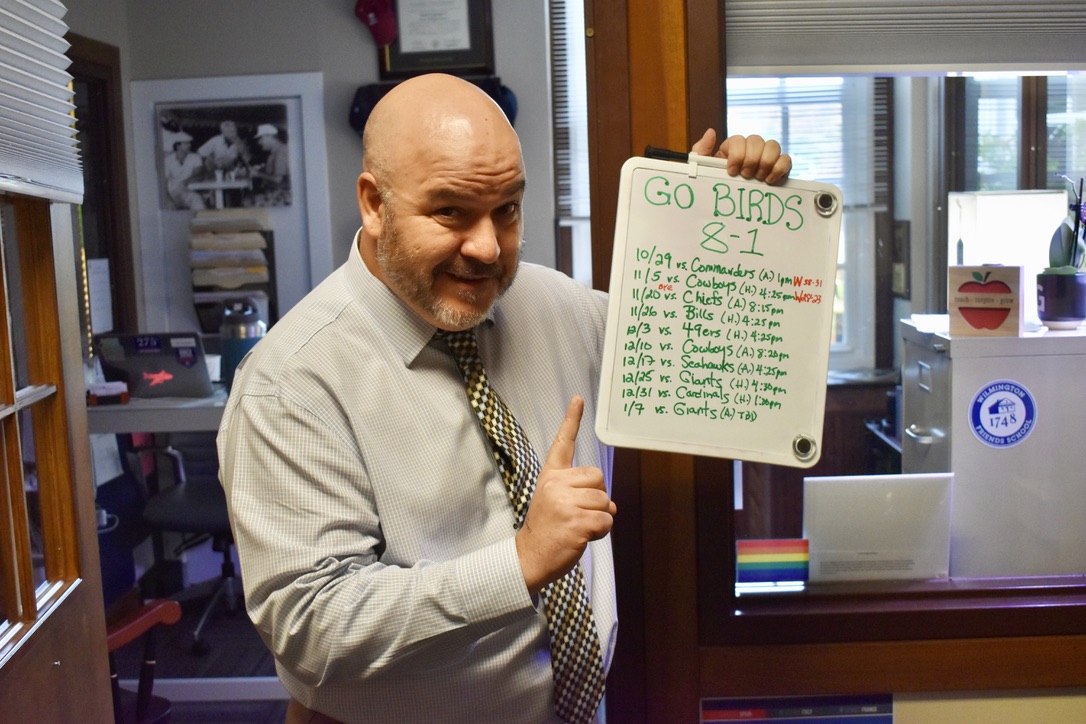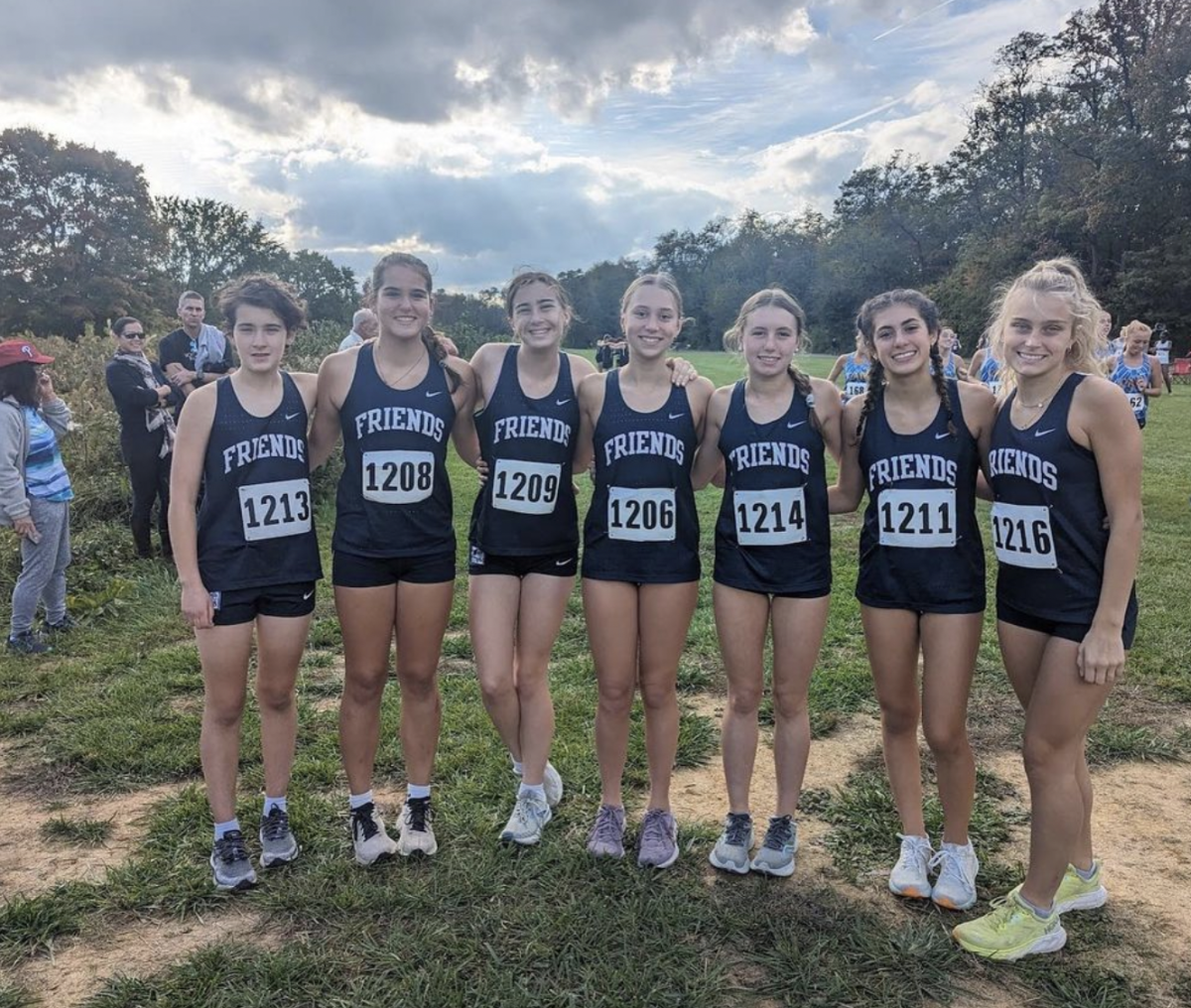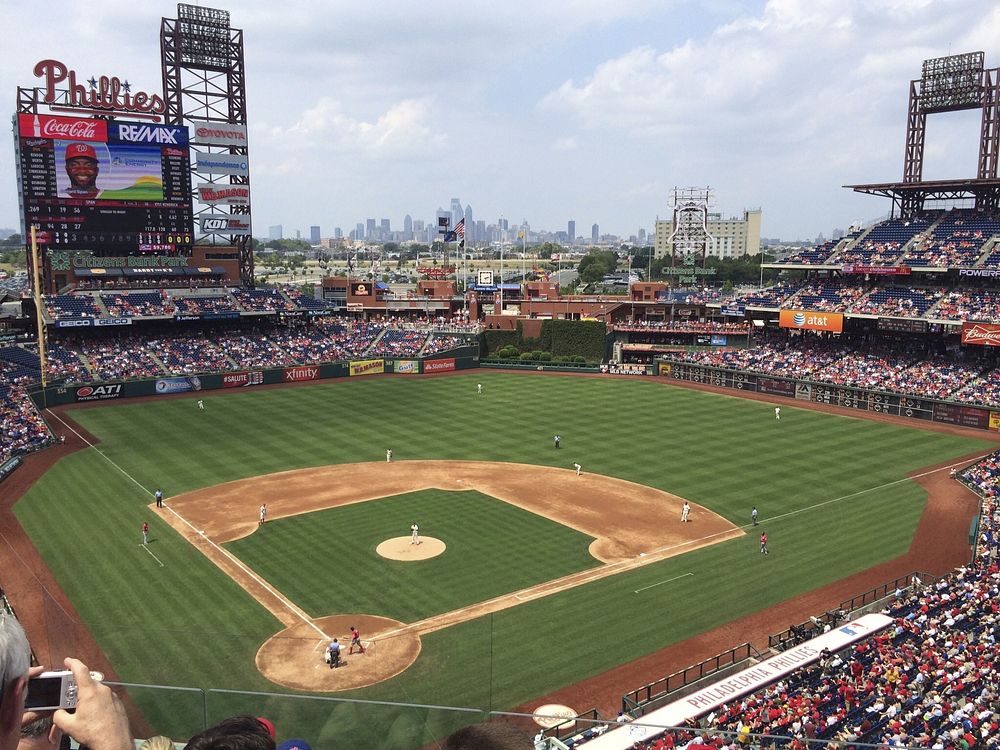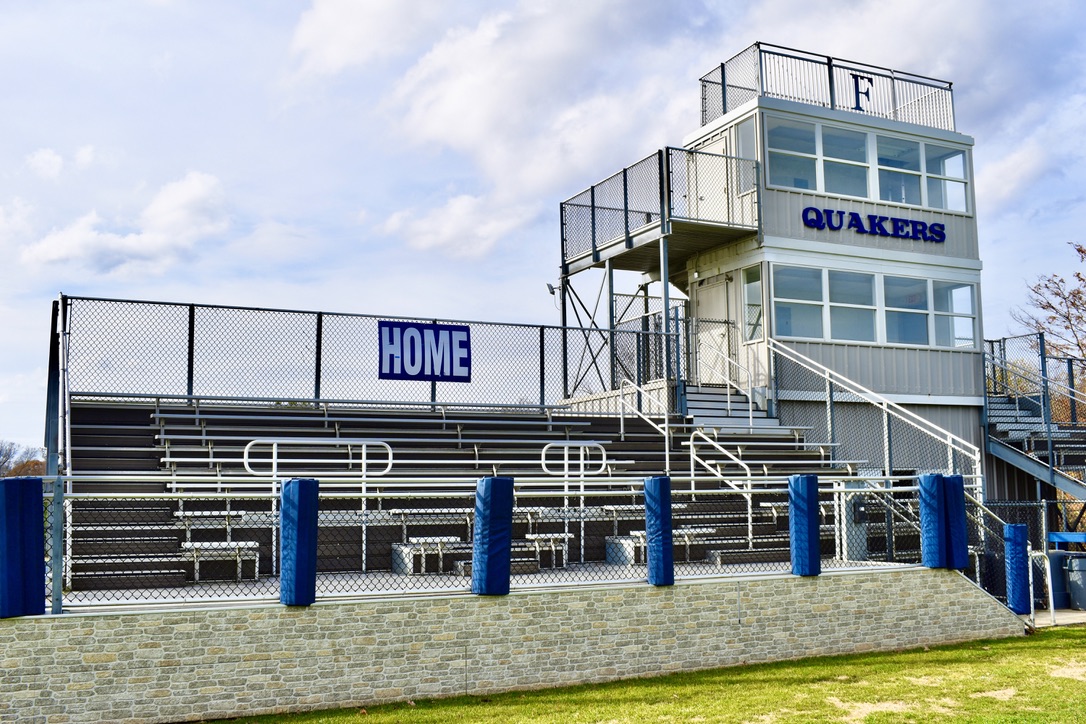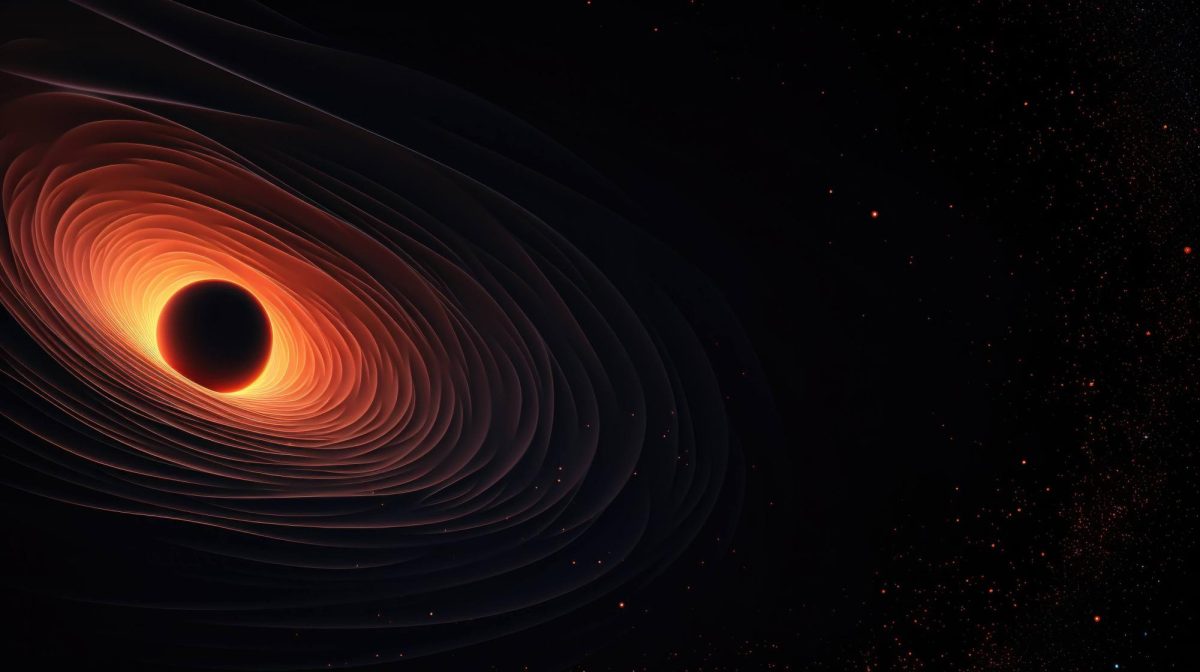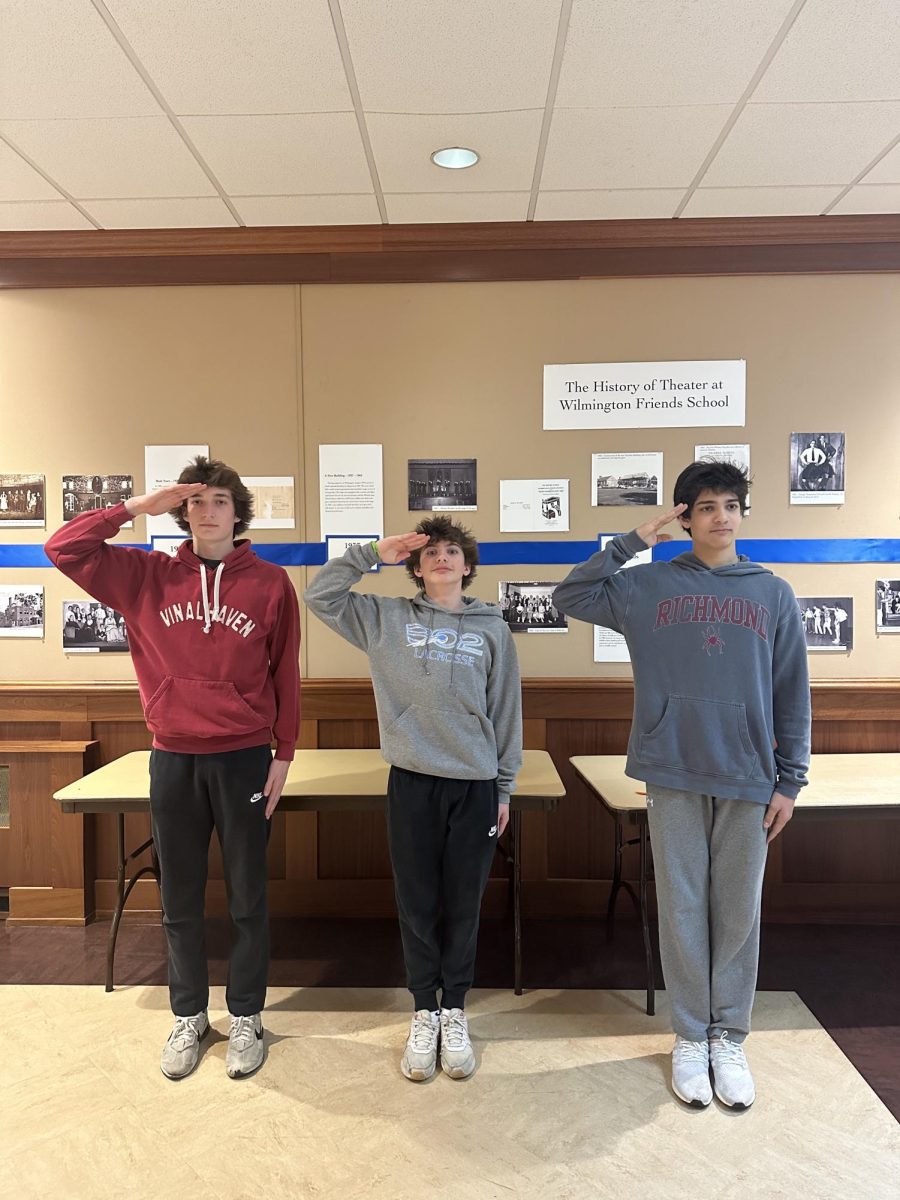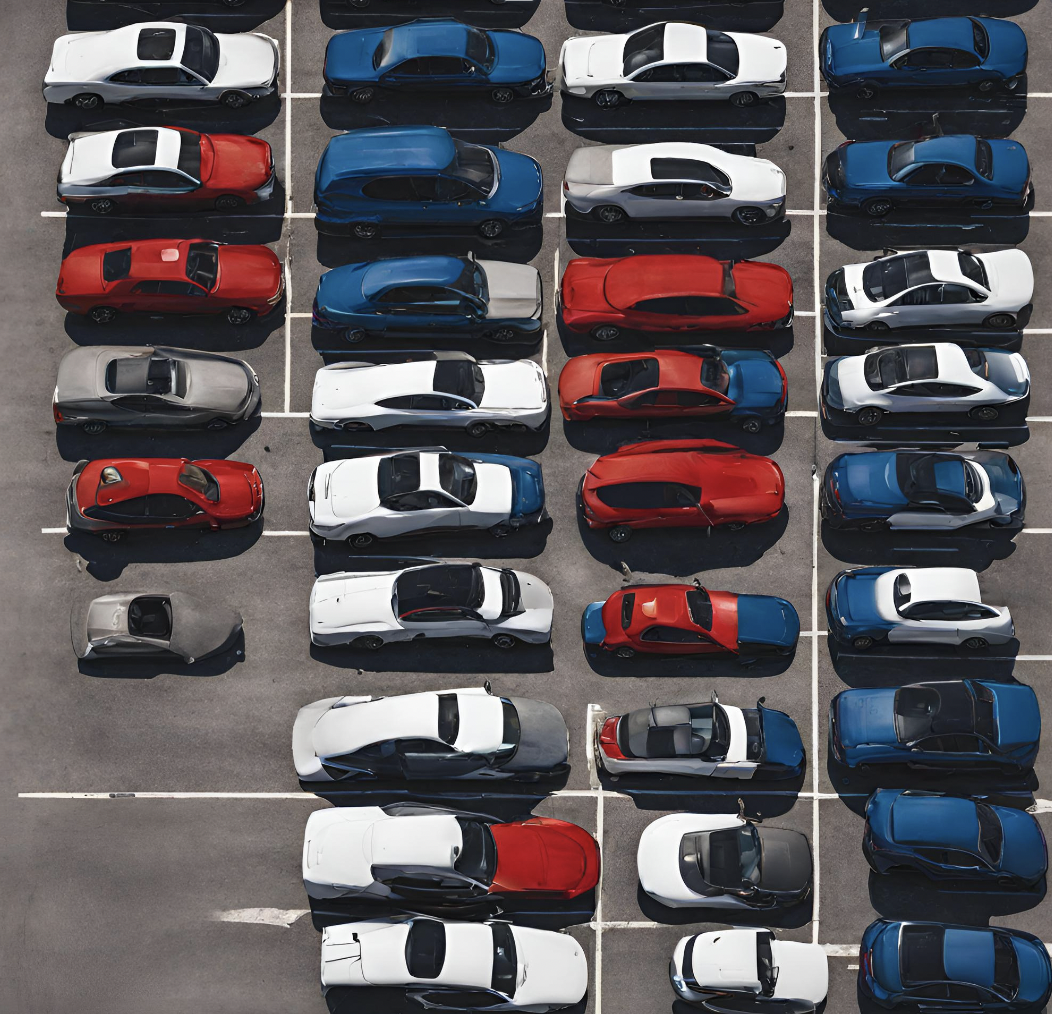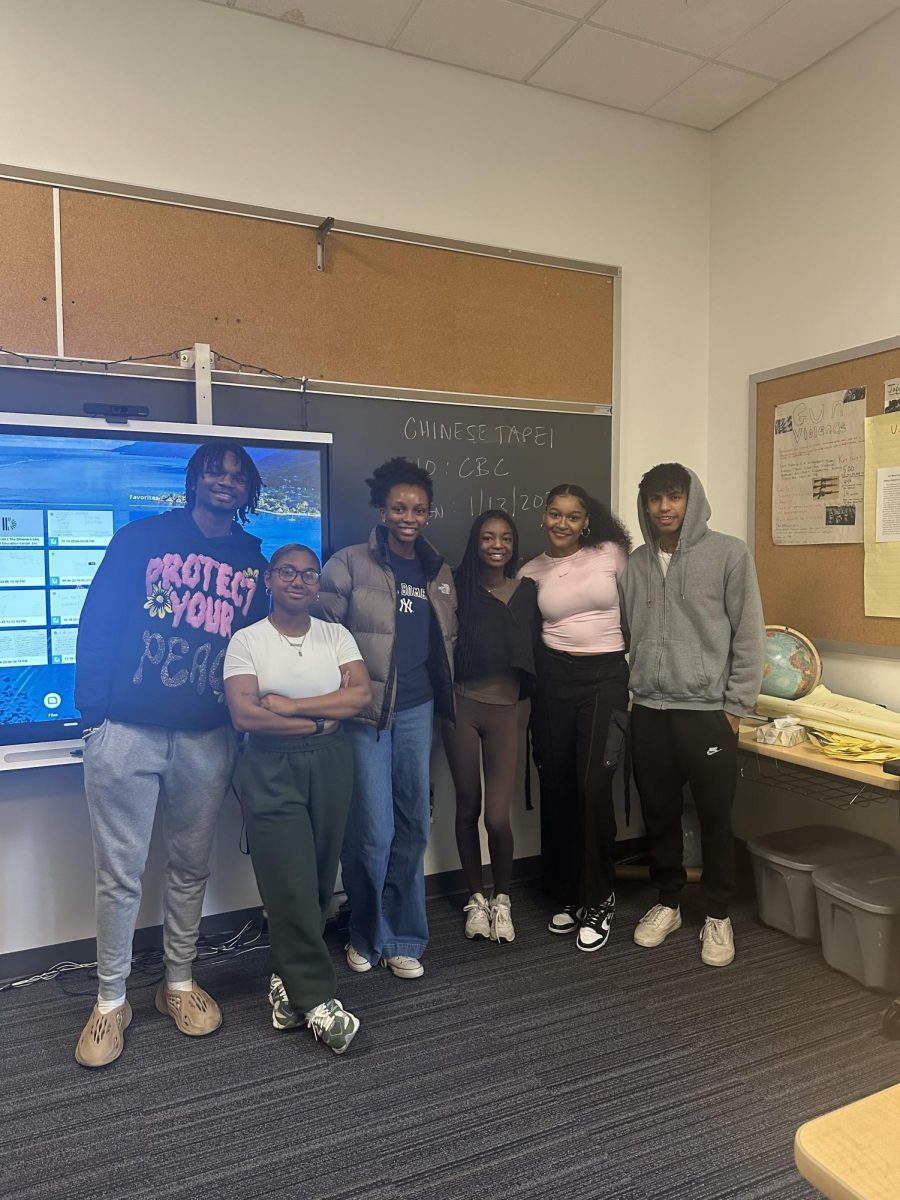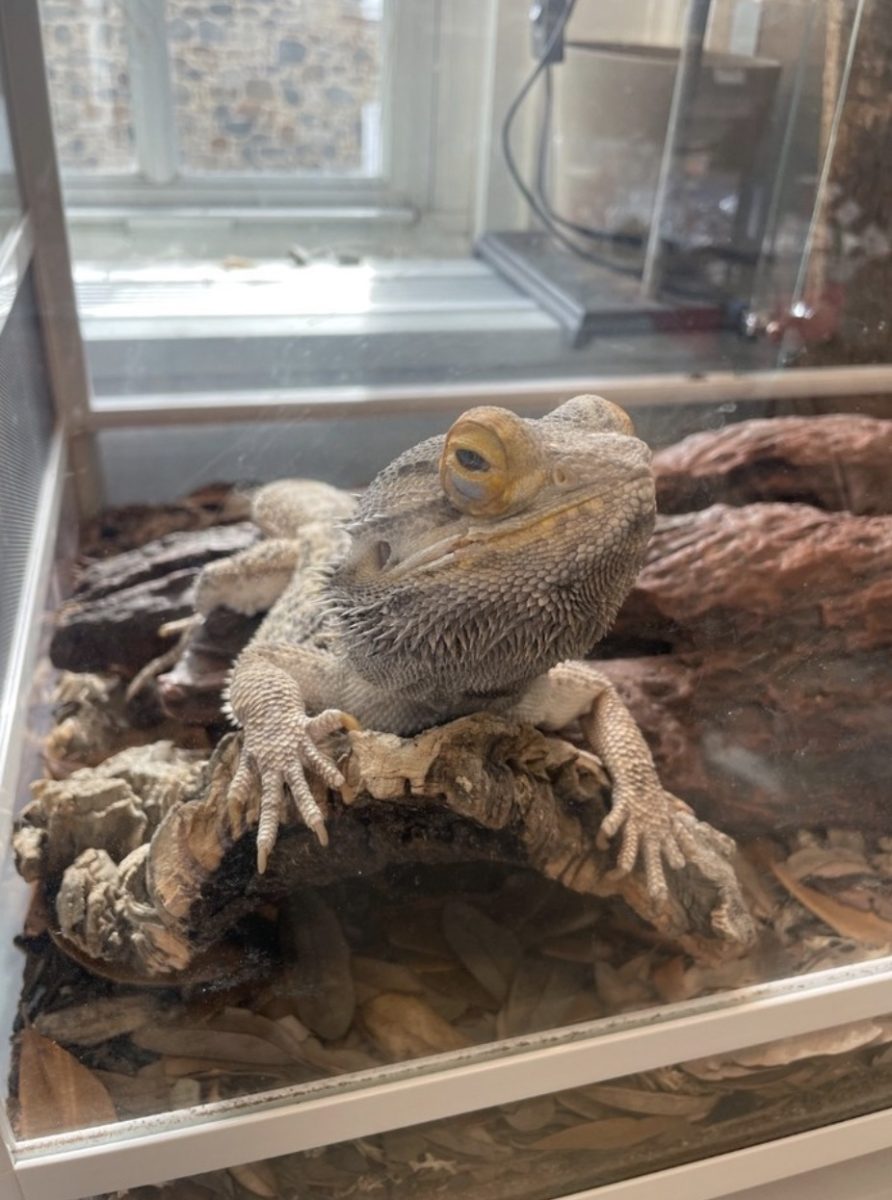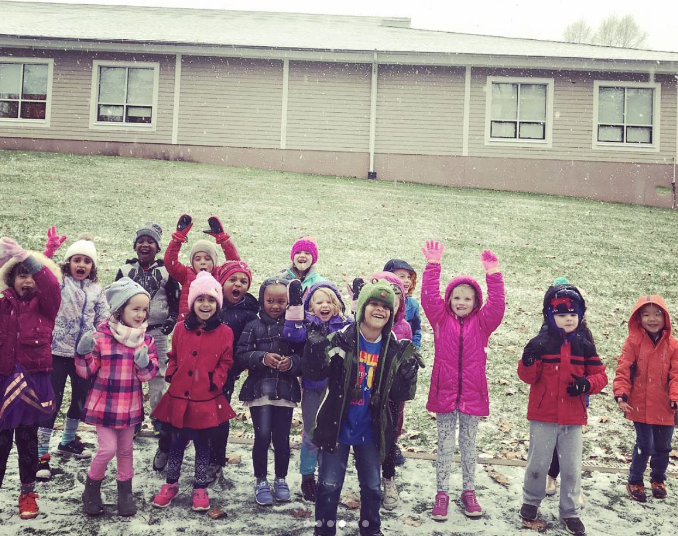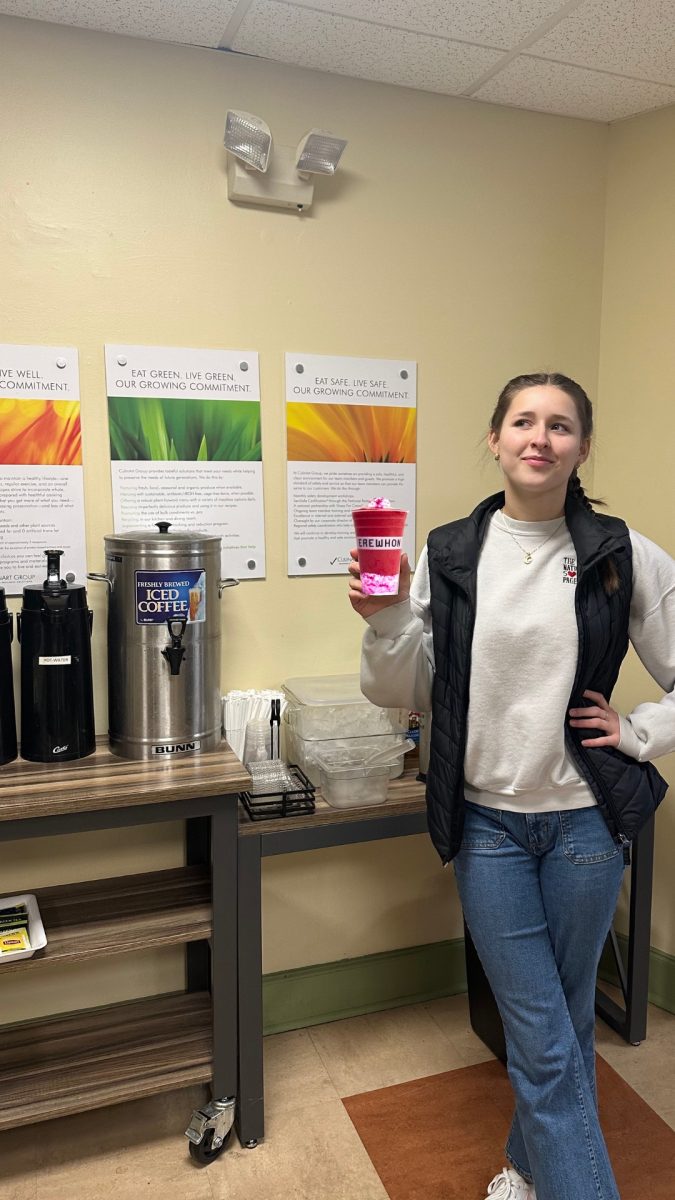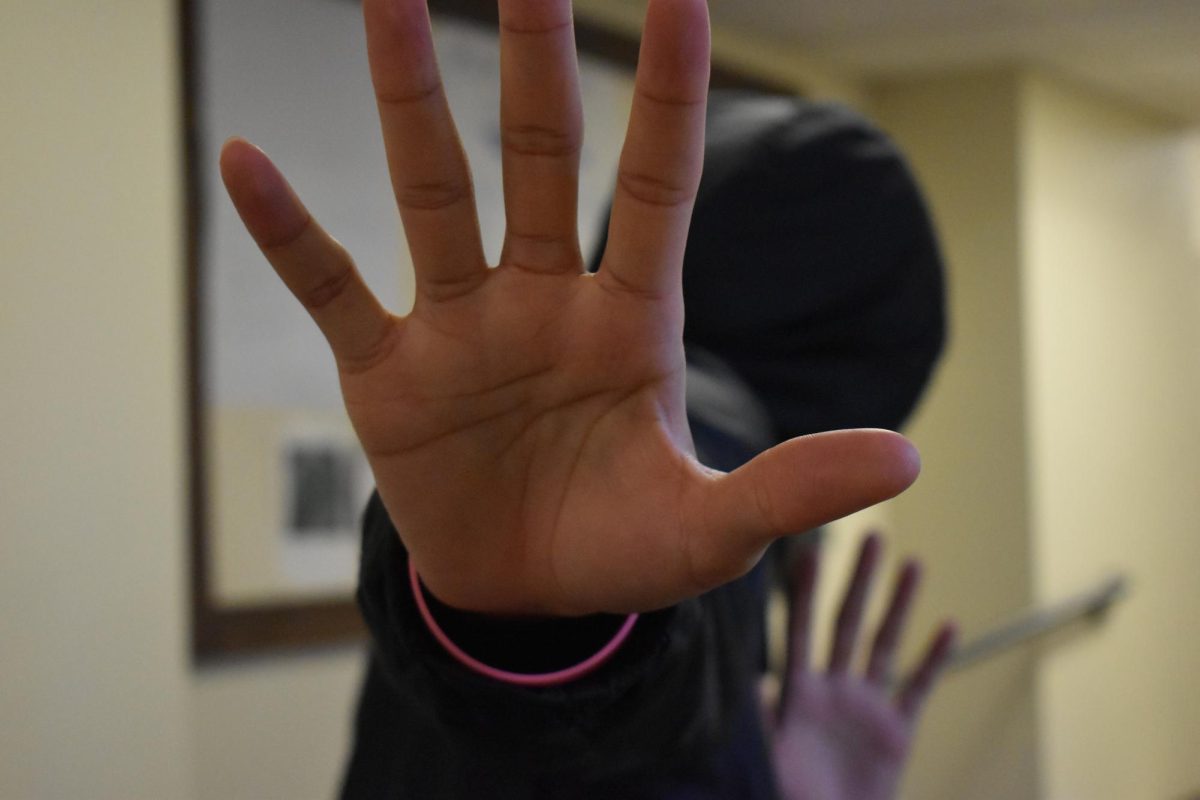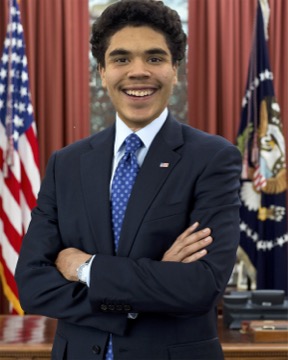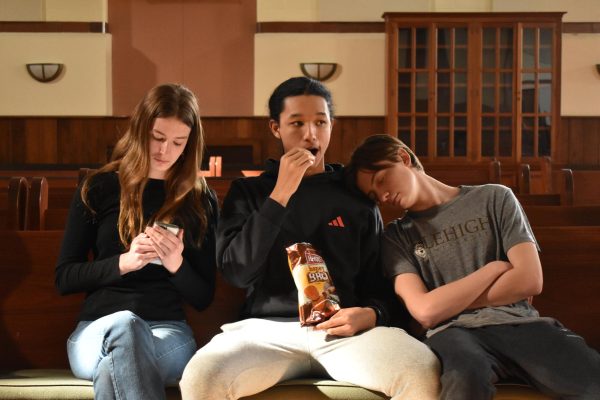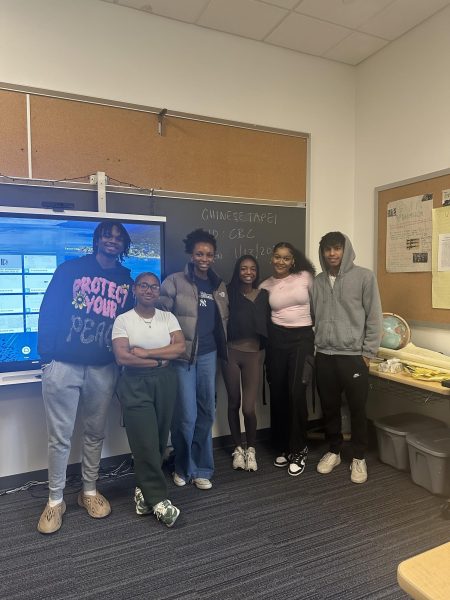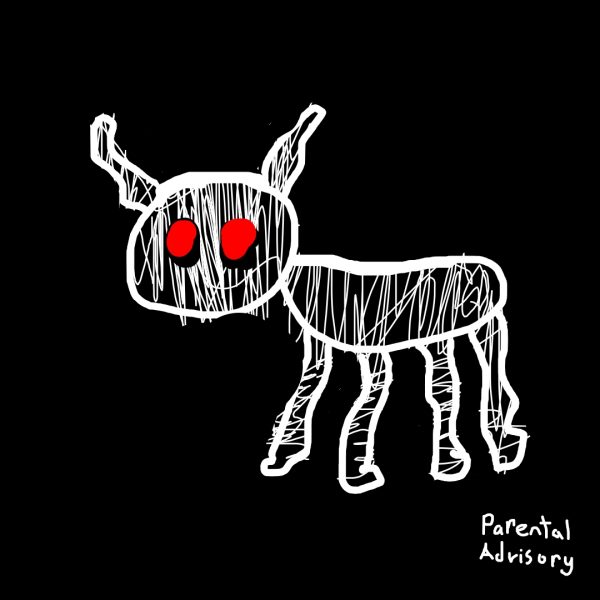Insurrection Shows Bias Within Police Ranks
February 8, 2021
The insurrection at the Capitol building on January 6th, 2021, is a day that Americans will not forget for generations to come. Not even in the darkest and most violent chapters of American history has the Capitol building ever been breached by its own citizens, a sobering thought as the country moves into a new presidency. Many were more shocked, however, at the response to the insurrection from then-President Donald J. Trump and law enforcement. There have been many comparisons made to the protests associated with the growing Black Lives Matter movement, and inevitable outrage from all sides.
It is no secret that former President Trump opposes the Black Lives Matter movement. On numerous occasions he has strongly endorsed the militarization of law enforcement during protests. Trump has tweeted that, “when the looting starts, the shooting starts,” and has referred to protesters as “thugs,” “terrorists,” and “anarchists.” These statements stand in stark contrast to his words of reassurance to the insurrectionists at the Capitol. Former President Trump addressed the mob in a video message where he said that “we love you. You are very special.” His own crackdown on the BLM protests could have significant repercussions on the Capitol rioters, however, as he signed an executive order in July of 2020 extending the penalty for “injury of federal property” to up to 10 years in prison.
Many experts are now declaring the storming of the Capitol building an official act of domestic terrorism. In a speech, President Joe Biden stated clearly “Do not dare call them protestors. They were a riotous mob. Insurrectionists. Domestic terrorists.” Not only were many rioters armed to the teeth, but various explosives were found in the area, including a pickup truck loaded with homemade bombs, a pipe bomb discovered in the RNC headquarters, and a cooler of Molotov cocktails.
The National Guard was called in to manage the situation, but only after they had already successfully breached and terrorized the Capitol building for some time. Many infamous photos of police letting rioters pass, opening gates, and even taking selfies with them have highlighted the divide in police use of force in America. Protests for Black Lives Matter, 93% of them being entirely peaceful, have been consistently met with tear gas, police forces in full riot gear, and rubber bullets being shot directly into crowds. Oppositions to Black Lives Matter include a popular slogan “Blue Lives Matter,” a common counter to outrage at police brutality towards black people in America. The nation has polarized significantly between those in support of police reform and/or abolition and those in defense of the police. “The difference in reaction makes complete sense,” says Zoe Gainer ‘22, “because I’m sure some of the police officers who were called to the riot had to go home and get suited up first.” The widespread support of the police among Trump’s supporters could have played a role in the relative passiveness of law enforcement as the Capitol was being stormed. “The blatant disregard for the fact that people literally had pitchforks and it was a genuine act of terrorism in comparison to the nonviolent protests that were tear gassed and shot with rubber bullets is insane,” says Elliott Stankova ‘24. “It isn’t white privilege at this point, it’s white supremacy.”
When discussing the insurrection, it has become common to compare it to protests against police brutality in motive and execution. Donald Morton ‘94, Upper School history teacher, disagrees with this. “I think that the comparisons from last summer to the Capitol insurrection are not just apples and oranges, but I think that they range from irresponsible to suspicious,” he says. “Somebody burning down a Target because somebody was lynched on camera and they showed it to us over and over all summer is different from an orchestrated attempted coup with people potentially on the inside that were working with them. It’s not analogous.”
There are more layers to this story, however, as many local figures and politicians were seen at or supported the insurrection. Former President Trump himself underwent scrutiny as he was accused of inciting or even being directly responsible for his supporters’ actions. There have been mixed reactions from conservative politicians as they are faced with the choice to support former President Trump, or side with the laws of the nation. Morton says, “there’s a school of thought that I agree with that says that most of the Republican party doesn’t even believe what they’re saying, but that Trump has these people that call themselves Republicans in such a frenzy that they’re scared, so they’re operating out of fear. I think [Republicans] have to decide whether they want to be elected, or whether they want to promote democracy.” Since some of the support conservative politicians have is drawn from extreme right-wing groups, there is a delicate balance in the way they must conduct themselves to appeal to their voters. Whether Trump supporter or BLM activist, the events on January 6th will indubitably stay on the minds of Americans. For many, the insurrection was enough to solidify the rift in treatment between white and black people in this country, and the violence faced at the hands of the police.

